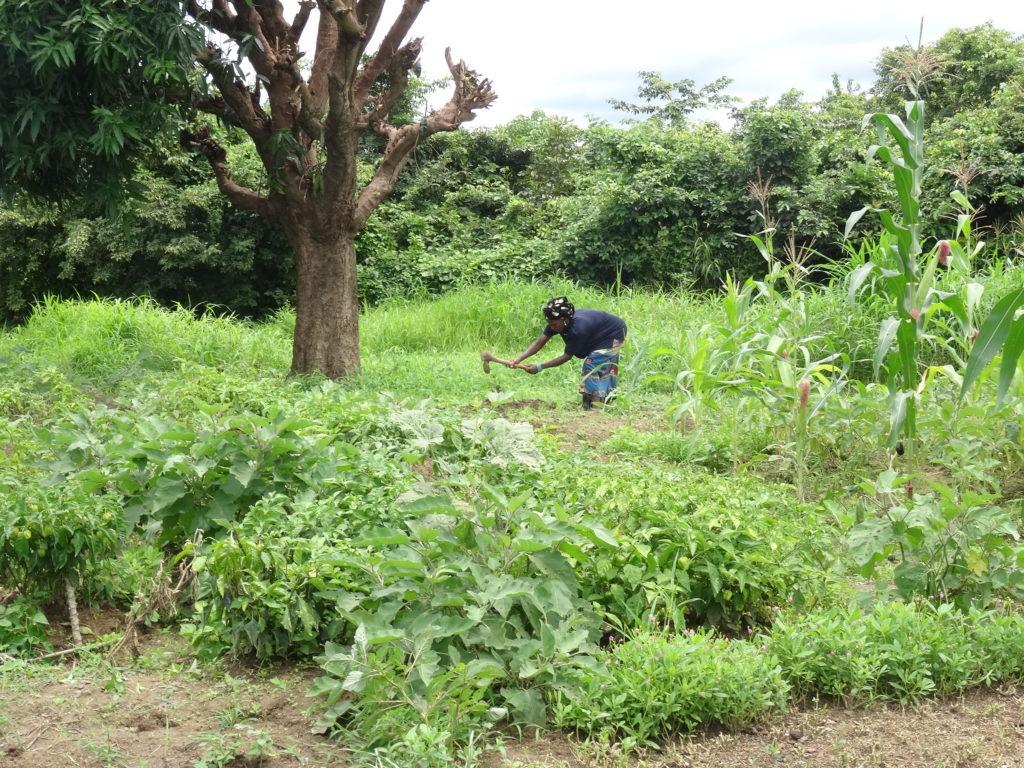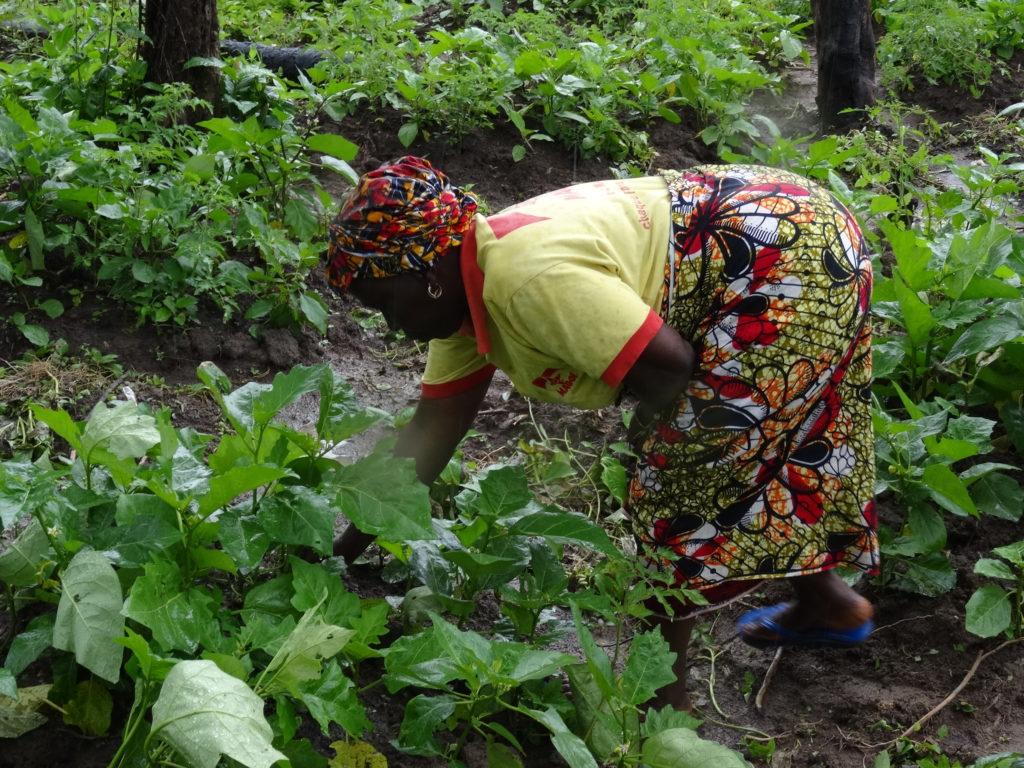When the Rains Fall in (West) Africa
If you travel to parts of West Africa during the dry season, you’ll be discouraged. You’ll wonder if Africa can feed itself, and like many others, you’ll be tempted to offer false solutions. Visit at least a month into the rainy season, after farmers have already sowed their first crops. When there’s nothing but healthy, vibrant greenery for miles, and when there’s nothing but green fields on both sides of the road for miles on end.
This year, the rains were good – sometimes too good – the Niger River flooded its banks, causing havoc in many of the countries that normally benefit from its bounty. For sure, I waded knee-deep in flooded fields in Guinea this past July. The farms and gardens I saw while visiting members of We Are the Solution in West Africa this summer inspire me. They were a testament to the hardworking women (and men) who proudly continue the family-farming tradition in the region. I saw women, often with their infant or toddler strapped to their back, laboring in fields. Everywhere I went there were farms and gardens lovingly cared for. In rural communities in West Africa farming is done using traditional methods: hoe, sickle, wheel-barrow, and human labor. I crossed four countries, and hundreds of miles of farmland, but only saw two oxen-drawn plows and one tractor. Women farmers sometimes lack even the basic traditional tools, and often must wait to borrow them from their men-folk. It’s hard work, and as a result young people are abandoning farming in droves. Predictably, this creates a serious labor shortage at harvest time. But when nature and a culture of farming align, the result is food on family tables.
The following pictures were taken in July 2016 in the Guinée forestière region of Guinea in and and around Kankan and Kissidougou.










